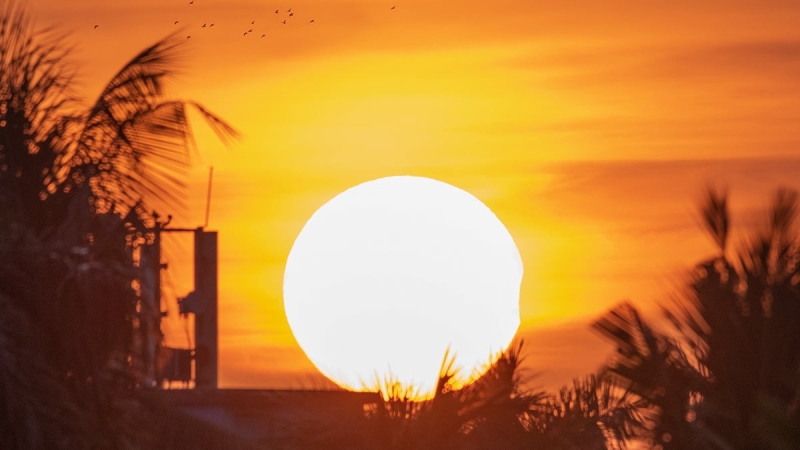Contents
Every month brings some unique astronomical events that you can see with the naked eye and photograph them. In this article, let us take a look at the astrophotography opportunities in March 2025.
March 8: Mercury at greatest eastern elongation
Mercury, the innermost planet, will be 18.2 degrees from the Sun at its greatest eastern elongation on March 8. Mercury will be at its maximum point above the horizon in the evening sky at this hour, making it the ideal time to see it. Just after sunset, look for the planet low in the western sky. It will be a great opportunity to not only see the planet but also photograph it with a wide-angle or medium telephoto lens (e.g. 135 mm).

Mercury shines bright in the western sky
March 14: Full worm moon
The third full moon of 2025 will appear on the 14th of March. The March full moon is also known as the worm moon. Full moons are always a great opportunity to photograph it with a telephoto lens. It will also allow you to capture the moonrise in the evening and moonset in the early morning.
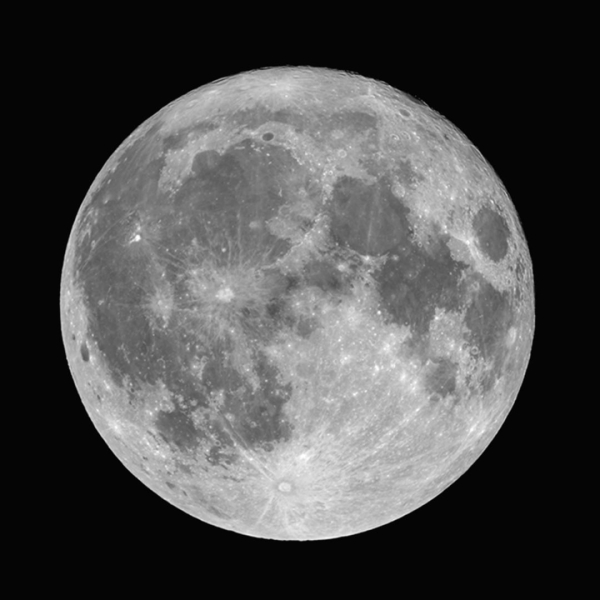
Full moons are always special
March 14: Total lunar eclipse
The moon will turn to blood red (also known as the “Blood Moon”) on March 14 as the Earth’s shadow will be completely covering it. Like any other eclipse, the event will not be visible from everywhere around the world.
- Penumbral eclipse visible: Eastern Africa, Eastern Europe, Parts of Russia and China, Central Australia
- Penumbral + Partial eclipse visible: Western Africa, Western Europe, Parts of Eastern Russia and Eastern Australia
- Some of Total eclipse visible: Western Africa and UK, parts of Eastern Russia
- Entire eclipse visible: North America, Western part of South America, Antartica
You can check the details of the total lunar eclipse on 14th March to see if and when it is visible from your location.
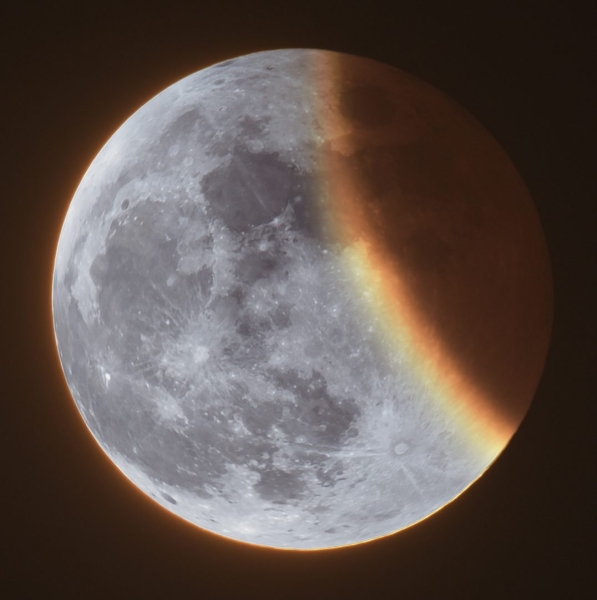
Mark your dates for the total lunar eclipse
March 29: Partial solar eclipse
Who doesn’t wait for a solar eclipse? The sun, slowly being covered by the moon, presents a dazzling show in the sky. On March 29, parts of the globe will experience a partial solar eclipse (where the sun doesn’t get fully covered by the moon).
The partial eclipse will be visible from the following regions, in different degrees of coverage: Europe, North in Asia, North/West Africa, Much of North America, North and South America, Atlantic, and the Arctic. You can check the details of the partial solar eclipse on March 29 to see if and when it is visible from your location.
Note for safety: If you are observing the solar eclipse with the naked eye or with a pair of binoculars, always remember to put on eclipse glasses or attach a filter in front of the binoculars. If you are planning to photograph the eclipse with your telephoto lens, do not forget to get and attach a white light solar filter to your lenses.
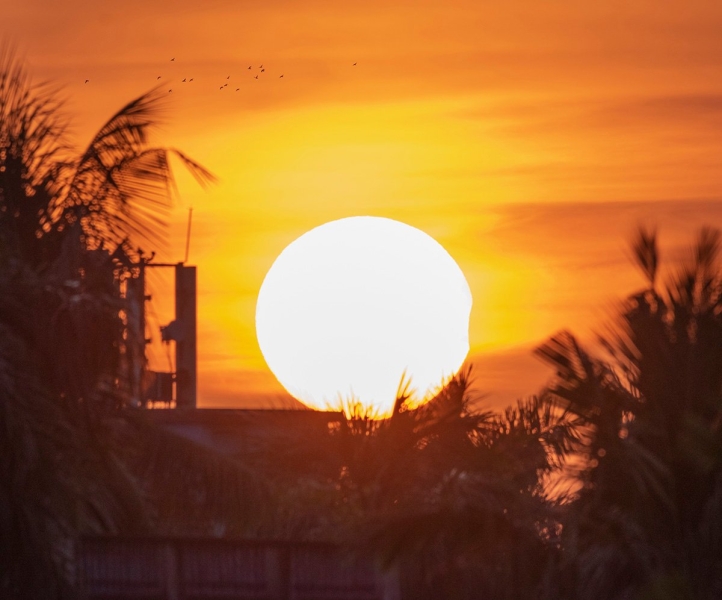
Start planning for the partial solar eclipse
Other opportunities throughout the month
Along with the celestial events mentioned above, the sky will present more opportunities to catch a few more objects. And some will be better than before.
Venus shines bright in the evening sky
Venus continues to shine at -4.2 magnitude and is difficult to miss in the western sky after sunset till the first half of the month. This bright planet is visible from light-polluted skies, and you can photograph it with a wide-field or mid-telephoto lens with landscape elements.

Venus remains visible for the first half of the month
Milky Way season never ends
The Orion arm of the Milky Way remains visible throughout the month. Towards the end of the month, it will start setting after sunset. The Sagittarius arm is making a comeback to the night sky late at night. This region rises in the eastern skies a couple of hours before sunrise creating a great opportunity to photograph it with a wide-field lens and/or capturing deepscape images with a mid-telephoto lens.
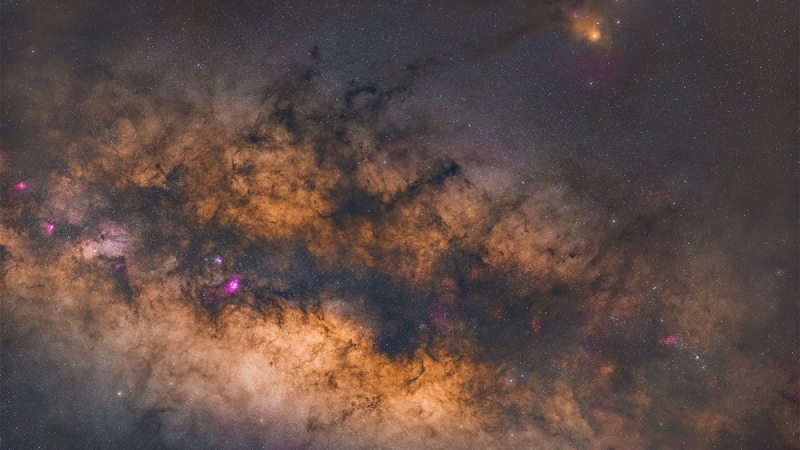
The Sagittarius region of the Milky Way
Hope you have a great month with lots of astrophotography opportunities ahead.
Clear skies!
